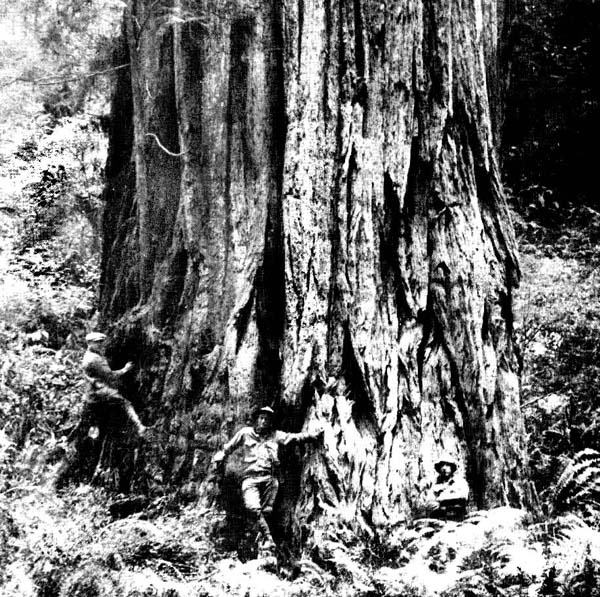This novel from western writer John Reese is a mix of
unexpected elements. You know you are in the Old West from the first paragraph,
and you know what’s at stake by the end of the first chapter. The central
character, Jefferson Hewitt, is on the trail of a vicious scoundrel known as
Durango Slim.
What transpires between their first encounter, a near fatal
ambush, and the final shootout between them in the Sequoias of California is as
unpredictable as the deal of a poker hand. Maybe it’s the revisionist 1970s,
when the novel was written, but Reese seems to enjoy playing with the
conventions of the genre so that you’re always being set up for a surprise.
Plot. Hewitt is
after Durango Slim because the man is a white slaver. He has lured at least
three very young women—girls—into prostitution. Two of them wind up dead.
Hewitt rescues a third one in time to put her on an eastbound train out of
harm’s way.
 |
| Sequoia, California, 1908 |
The man is especially dangerous because he is such a crack
shot with a rifle. He’s an associate of a California lumberman, Creed (sounds
like “greed”), who is building a commercial empire on the proceeds of human
trafficking. He’s been selling women into the lucrative Asian market as sex
workers.
Playing with expectations. As one example of Reese’s sleight-of-hand style of storytelling,
there’s the identity of Hewitt himself. For several chapters, he seems a
conventional hero of western fiction, a lone man driven by his own code of
honor to bring justice where it’s needed.
He is down to his last few dollars, poorly dressed and
outfitted. He seems at a decided disadvantage in his pursuit of a cunning and
heartless gunman. He hires on a man, O’Hara, who will help him track Durango
Slim—if he can just keep sober. Following a trail into the Sierras, the two are
an unlikely team who promise to eventually get their man after 150 pages of
overcoming the odds.
Then it turns out the odds aren’t what you think they are.
Hewitt reveals himself to O’Hara as a partner in an indemnity and bonding
company. His partner, in Cheyenne, does all the office work and Hewitt does the
fieldwork.
_west_from_Sacramento_River,_Northern_California,_U.S.A,_by_H.C._White_Co..jpg) |
| Stereoptican, Northern California woods, c1900 |
Wrapping up. This
Double D western is one of dozens from Reese (1910-1981), who wrote most of his
novels in the 1970s when he was in his sixties. Sequoia Shootout
is the sixth of ten novels featuring his character, Jefferson Hewitt. Earlier,
starting in the 1930s, he published scores of stories in both pulp and slick
magazines. He grew up in a rural community in the Nebraska Sandhills.
His novel Halter-Broke
(1977) was reviewed here recently. His Saturday Evening Post story, “Frontier Frenzy” (1958), was the basis for a
Fred MacMurray western, Good Day for a Hanging (1959), also reviewed here.
Sequoia Shootout is
currently available at amazon, Barnes&Noble, and AbeBooks.
Sources:
Image credits:
Wikimedia Commons
Coming up: Danny Glover, Buffalo Soldiers (1997)

Dozens of novels? Wow. I guess that's what a writer has to do when he makes a living writing. Dozens of novels, hundreds of short stories. But to keep that up, he would have had to have lots of fans who liked his writing and found nearly all his stories and novels "engaging" as the phrase is now. We should give "hack" writers their due, instead of sneering at them.
ReplyDeleteYour post gave me food for thought besides a knowledge of the book.
He wrote at a time when there was a market for what seems to have come to him quite naturally. Reese said once in an interview that writing westerns was the only occupation his background prepared him for.
Delete